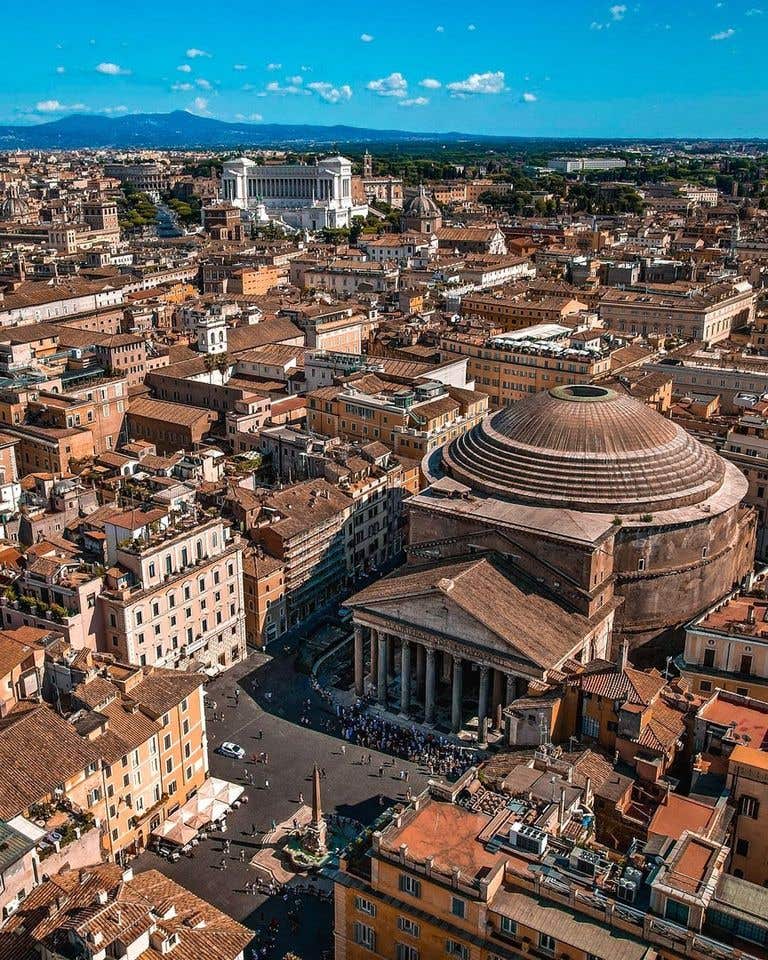
Carroll William Westfall
Architecture’s Service to the Nation
A recent proposal intended to favor but not mandate classical architecture for federal buildings in the District of Columbia was scuttled by Modernist partisans who thought the classical is a mere out-of-date style. The fracas revealed a deep ignorance of what the classical offers.
Branding the classical as a style, they declared it is antithetical to the nation’s identity. That identity is one that offers life and liberty under justice to all, and it occupies a proud place within a tradition that runs back to ancient Greece. Our goals and the way we attempt to realize them as a nation draw on a tradition that has always had a parallel tradition in architecture. What a people builds has always been intended to provide the beautiful as a counterpart to the good and the just that the civil order seeks.
In our democracy’s political life, informed, fair-minded citizens put forward well considered, public spirited proposals for promoting the common good. As partisans for a proposal we participate in reasoned deliberations guided by traditions within a common understanding of what our nation identifies as Nature or Nature’s God. But Nature has always been a jealous guardian of her bounty, and she refuses to give people the full comprehension of what they seek from her. We have extracted principles of good government and beautiful building, and over time this experience has accumulated to produce a very rich catalogue of civil orders and forms for buildings serving them. We give names to the catalogue’s chapters: Greek, Roman, Early Christian, Romanesque, Gothic, Renaissance, etc., that together constitute the classical tradition. The experience and knowledge within that catalogue guides successors active in civil government and in architecture as they build the buildings that serve and express the purposes of their institutions.
A government does its works through officials and institutions, none of them equal but all working together to achieve the common good. The buildings serving these institutions express that inequality while each offers its own beauty. Here is the essence of the classical in architecture, and it is evident to anyone who has explored cities with well-tended, traditional architecture and urbanism. (1)
Great temples, churches, and government buildings dominate, with imposing regal and noble palaces looming over the places where people make things, shop, and pass their days with their families. Notable in our democracy is the role open to each citizen to participate in government, which means that unlike European cities, in ours, in so far as our traditional urbanism prevails, family homes occupy proud places among institutional buildings in the urban ensemble. (2, 3)
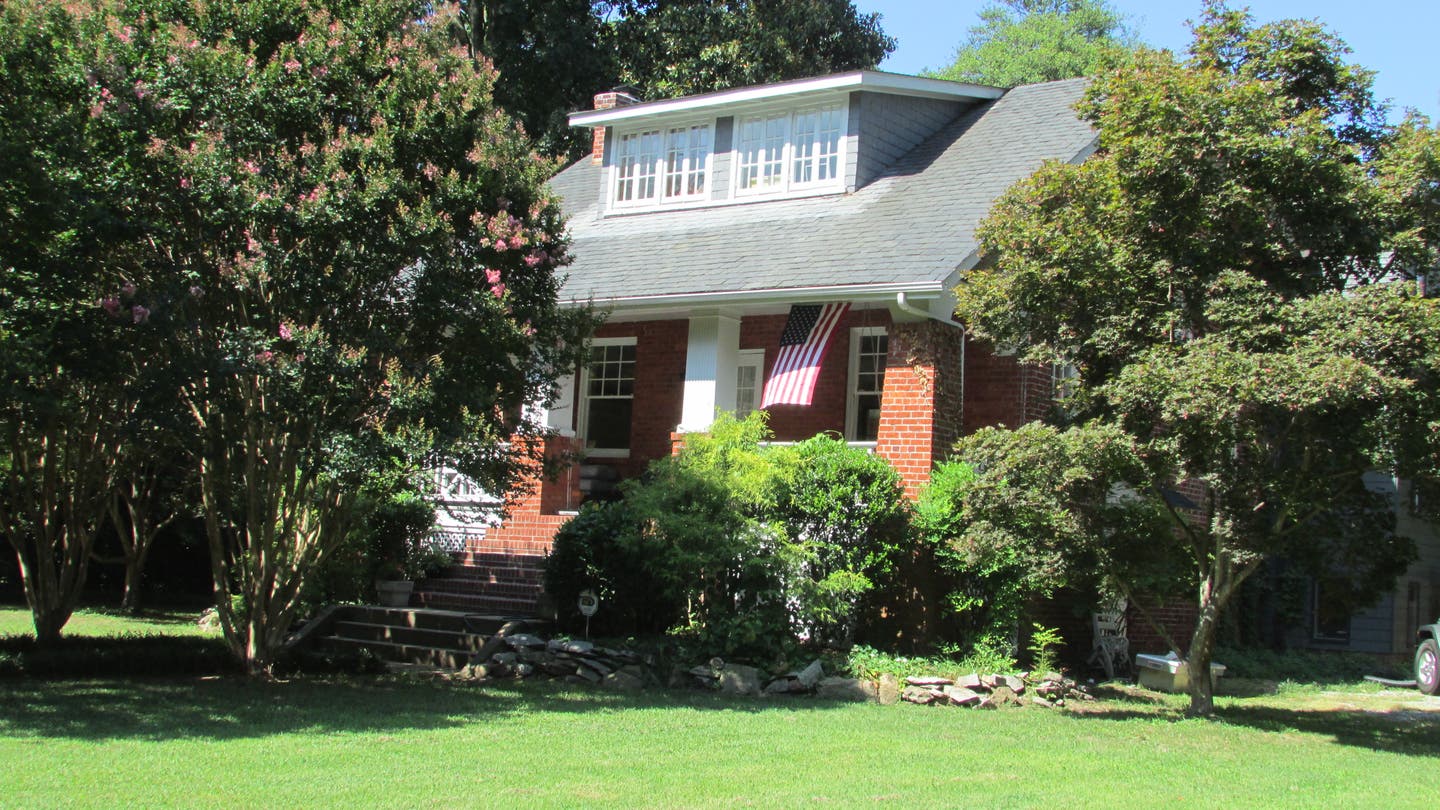
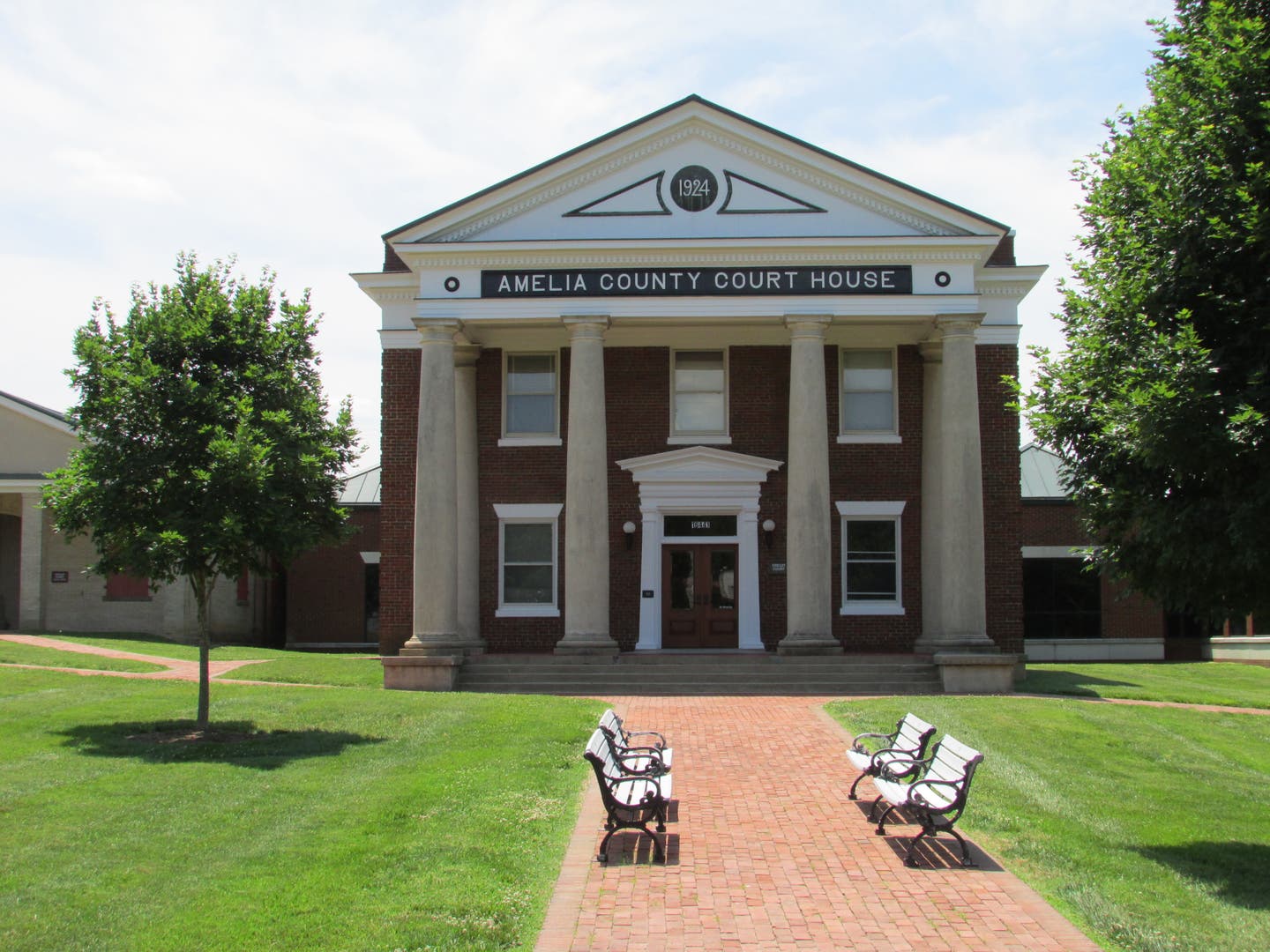
Only the scantiest knowledge of classical and traditional architecture is now current among architects, builders, and everyone else involved in the construction industry, which explains some of the absurdities we encounter when people try building traditional or classical buildings. (4, 5, 6)
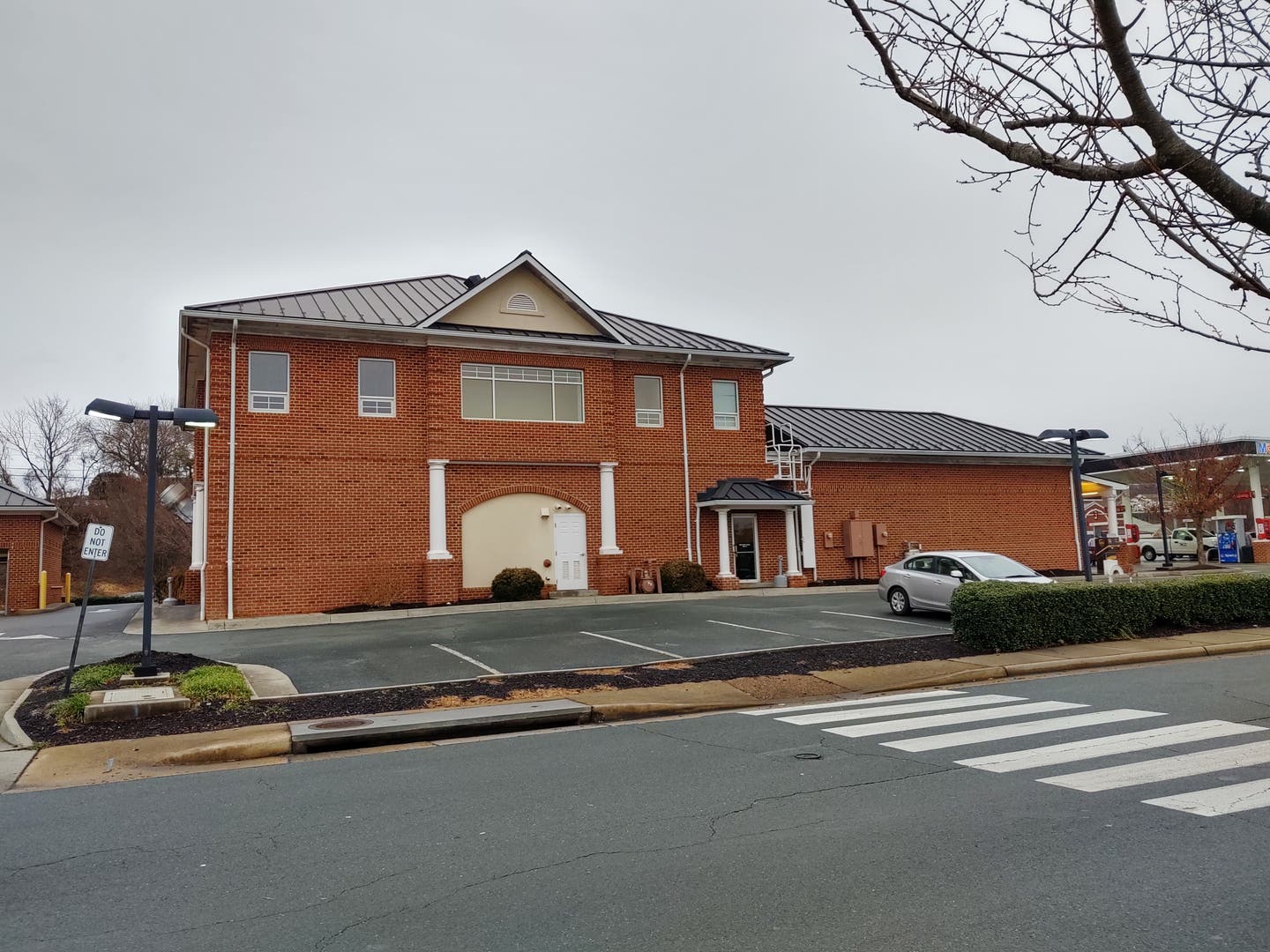
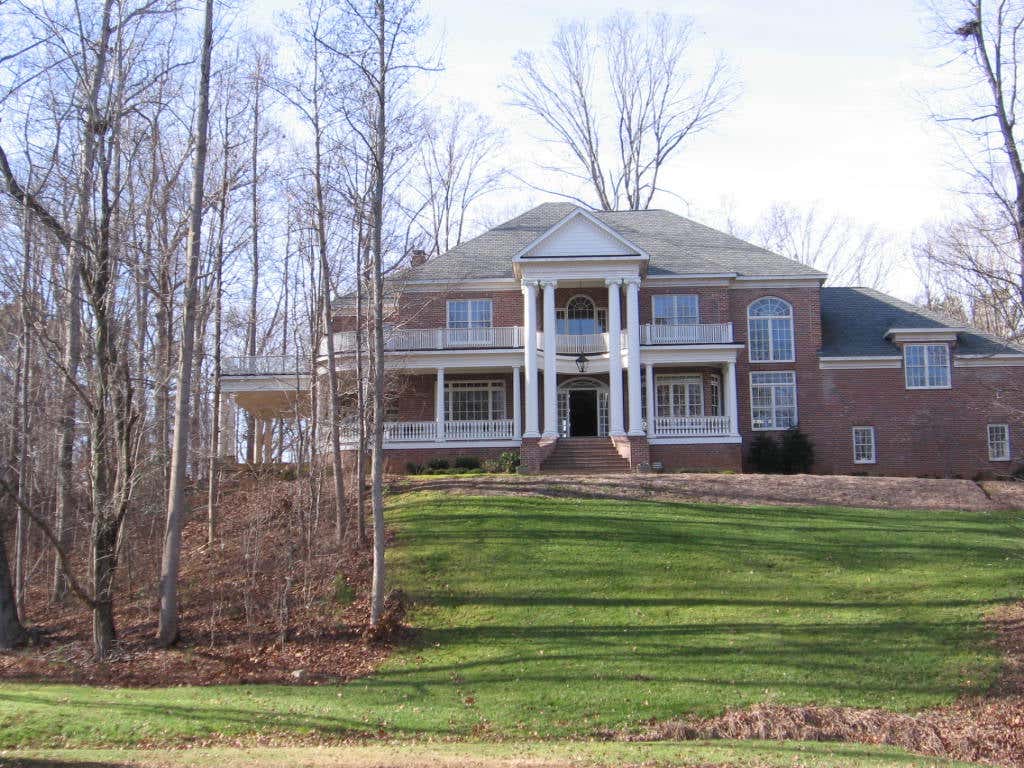
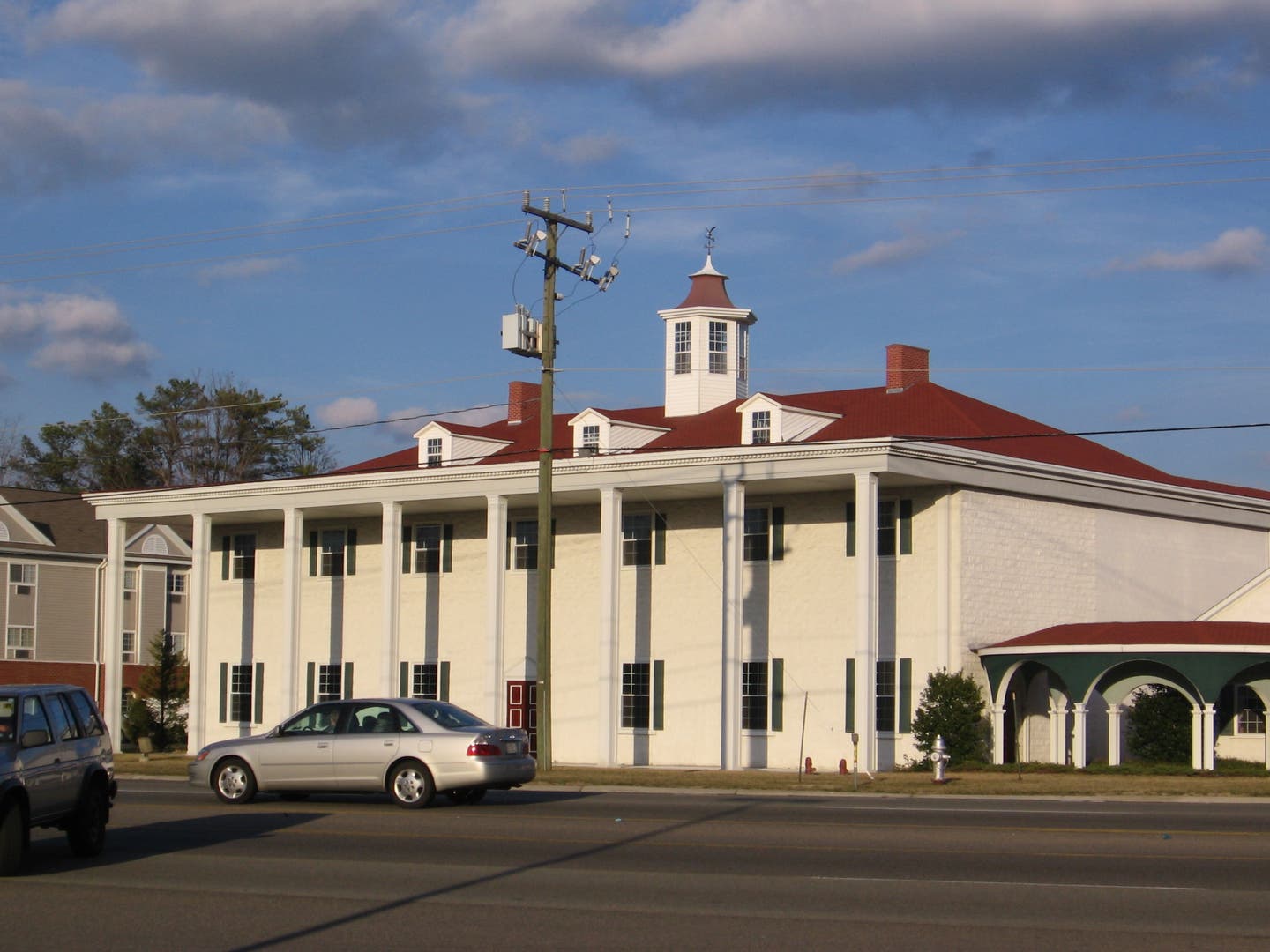
The ancient architect Vitruvius wrote that a building must satisfy the trilogy of commodity firmness, and delight, but little noticed or mentioned is what is required to elevate a building to architecture to serve institutional purposes and not merely needs. These are symmetria, euthymia, and decorum; they are necessary for beauty, which is found just as justice and the common good are, by the skillful applications of the principles of Nature’s order, harmony, and proportionality.
This is the Nature in our Declaration of Independence. In founding the new nation the Founders pledged their lives on those words. They knew that the principles of that Nature provided the basis for the beauty in the buildings they would build to serve the new nation’s institutions serving the common good. Their buildings drew from, and joined, the tradition in which a civil order’s justice and common good and its architecture’s beauty embodied immutable, objective principles. These were conveyed through a tradition starting in ancient Greece and variously interpreted with insight found in knowledge and experience and applied through deliberation and reason to address current and anticipated changing contingencies. They clearly articulated their purpose in the Constitution’s Preamble: “to form a more perfect Union, establish Justice, insure domestic Tranquility, provide for the common defense, promote the general Welfare, and secure the Blessings of Liberty to ourselves and our Posterity.”
Those are our blessings, and they include private rights that carry reciprocal duties to be performed within the nation’s active political arena. There, modeling our actions on Nature and being nourished by tradition, we contribute our talents to seeking justice and the good in our acts and the beautiful in what we build.
Rabid partisanship now threatens this program and tradition. In architecture and even in the general culture, people have lost touch with the principles of architecture, even if they know the Vitruvian trilogy for building. Commodity becomes the function the owner wants satisfied, firmness is merely the most economical structure available, and delight will address four concerns: please the owner, connect the architect with the current fashion, exhibit inventive creation, or, if the money is available, make an avant-garde statement that moves fashion forward. This program cannot produce architecture, but it does produce the smorgasbord of Modernist styles, all of them commanded by subjective whims, fancies, and inventions by people who refer to the classical as a style for troglodytes. (7-10C)
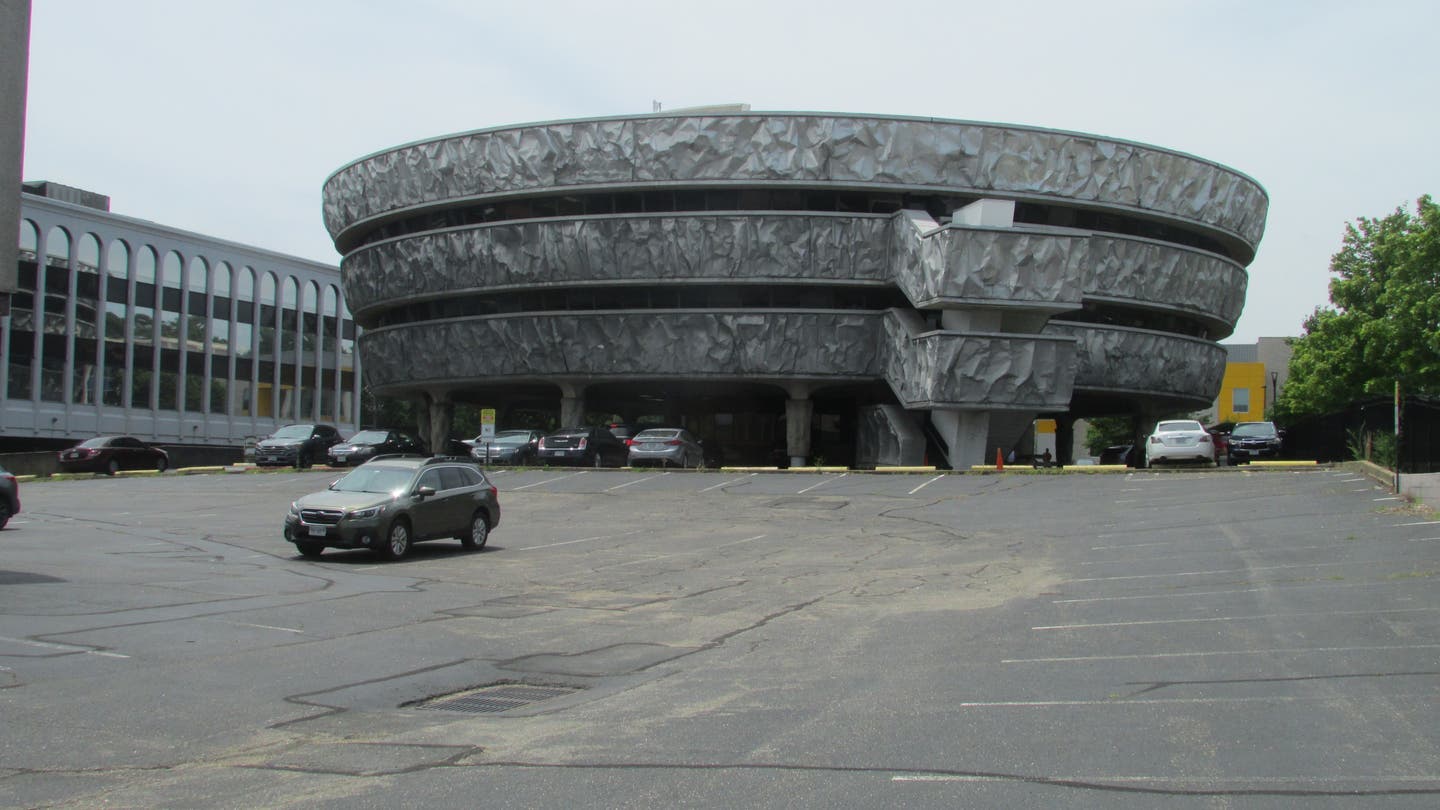
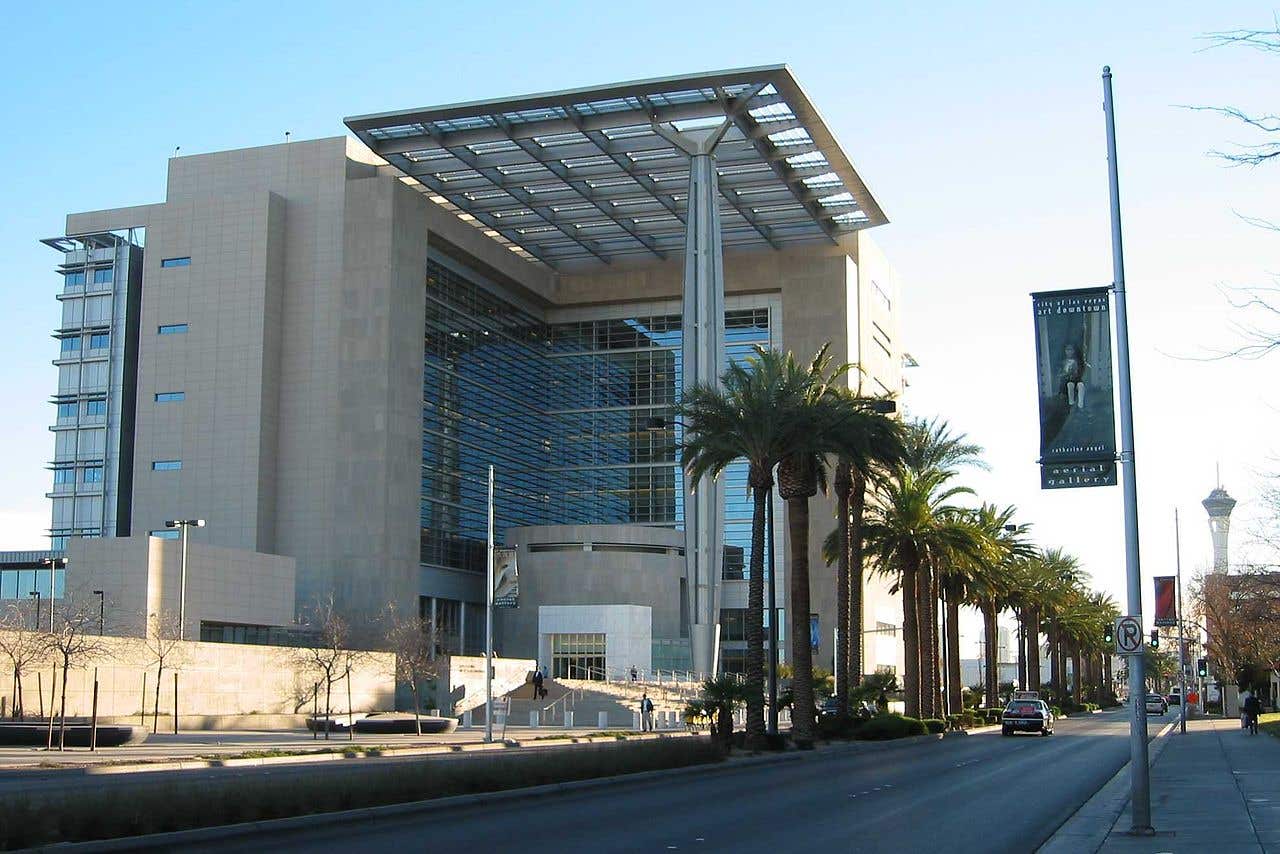

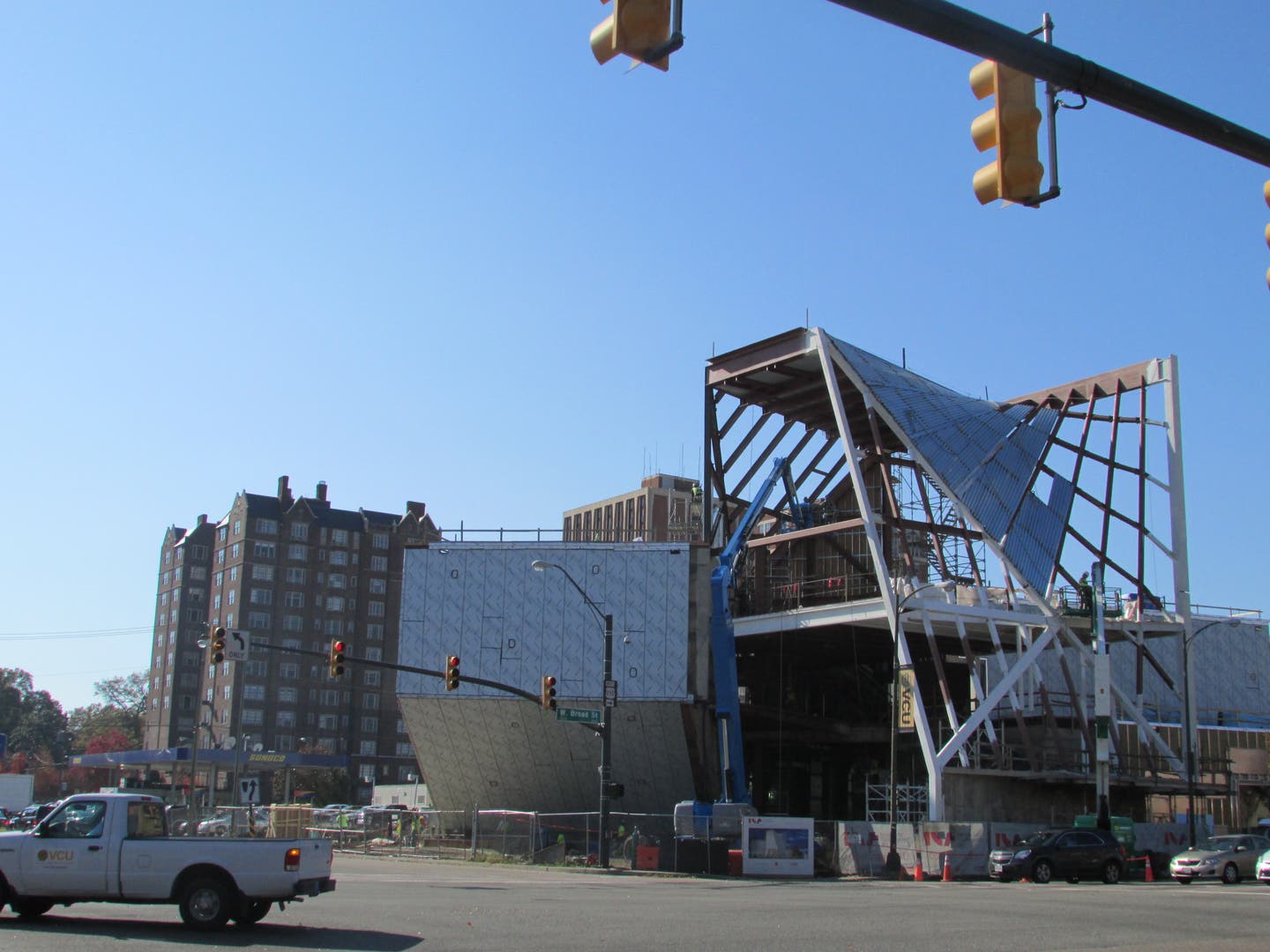
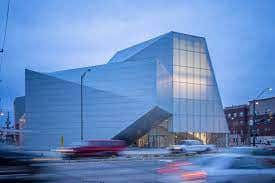
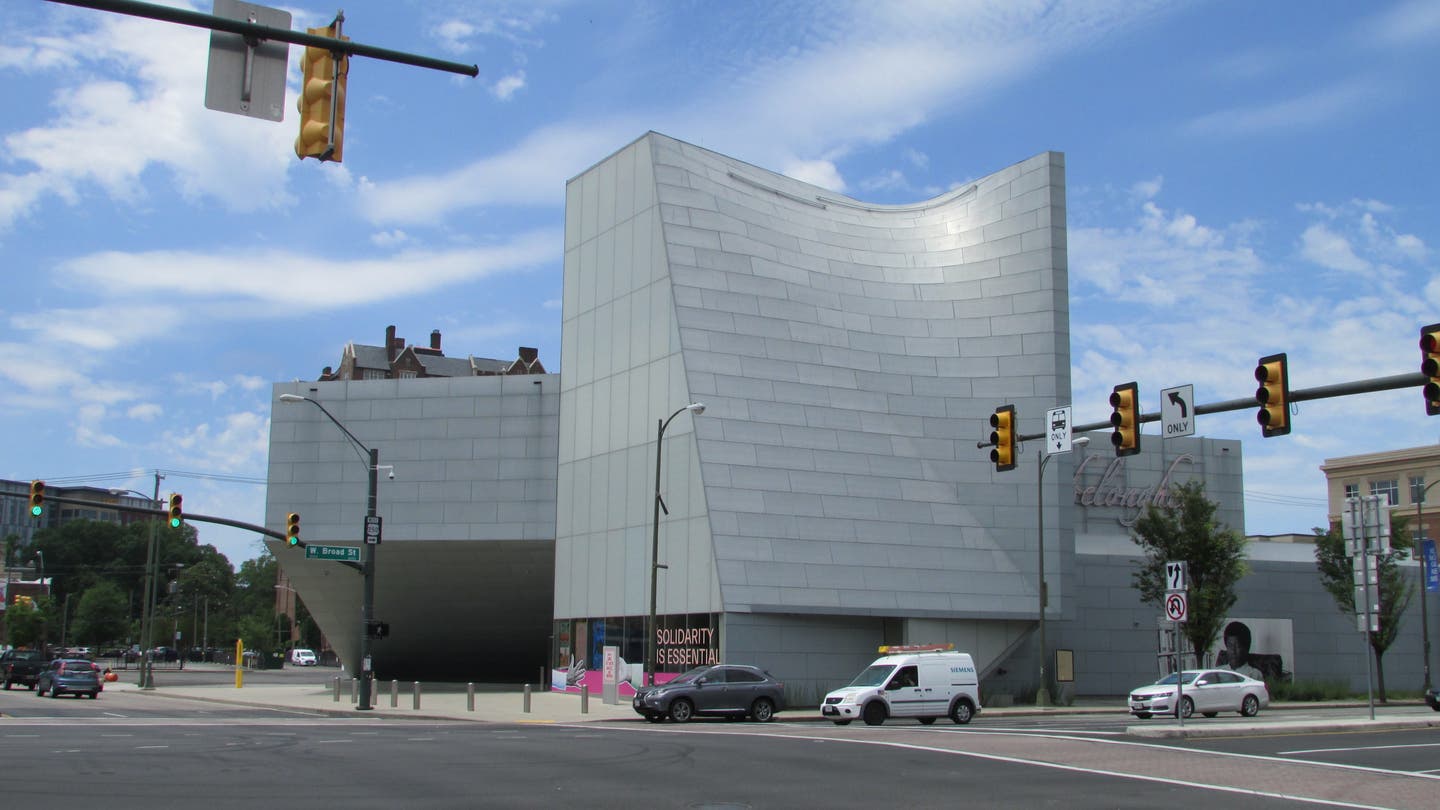
This program’s practices fail to recognize the higher purpose of architecture, which is a public art used to produce the beautiful counterparts to the common good whose institutions and other entities buildings serve. Architects and clients spurn that obligation. Instead, they defend their creations as examples of free speech enjoying the Supreme Court’s protection that gives them the freedom to express their individualism.
Support comes from the narrative of the history of architecture they have learned as it offers innovative styles marking progress through the parade of ages. Each new style nullifies its predecessors; the modern age is the culmination of progress, and Modernism is its style; etc.
But the classical is not a style. A style is a fashion statement, and the classical was and is not now merely an era’s fashion statement. A classic building is at once an example of its type or kind and an occupant of the tradition launched in antiquity, a categorization that holds for a classic American Foursquare, a rural county’s courthouse, or the U. S. Capitol. In these cases, judgments about their beauty or lack of it are made through comparison with the products of centuries of architecture, just as judgments about the just and the good are rendered through consultation with the law’s tradition.
These judgments depend on reasoning from principles of governing and architecture. Modernism does have principles, or at least two rules: do not repeat any previous style, and obey the rules of Rabelais’ Abbey of Thélème: “Do as you will.” Those have operated ever since Modernism’s inception in the years around World War I when it was launched as a radically anti-classical style serving a radically anti-democratic political movement intended to turn history away from the past and into a new future. After shedding its political stance it became accepted, and after World War II the speed, economy, and glitter it offered was validated as the style of progressive internationalism when new international organizations and capitalist enterprises used it to forge into a new future. Now untethered from tradition, novelty rapidly displaced beauty, individualism gained control of the common weal, and the art of architecture fell into desuetude.
Tragically, architects spurn architecture’s role to contribute to the common good. Instead, leaders exploit their liberty to display their self-importance. Indulging their individual whim, fancy, or invention, they clutter urbanism with cheap banality while a few achieve fame with expensive egoistic expressions.
Still, the brave few committed to the classical explore the potential of new materials and new forms. The earlier examples of Jože Plečnik and Bernard Maybeck must stand for them. (11, 12)
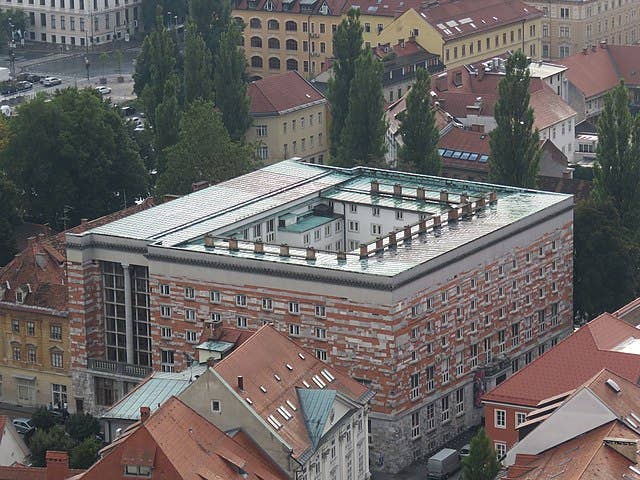
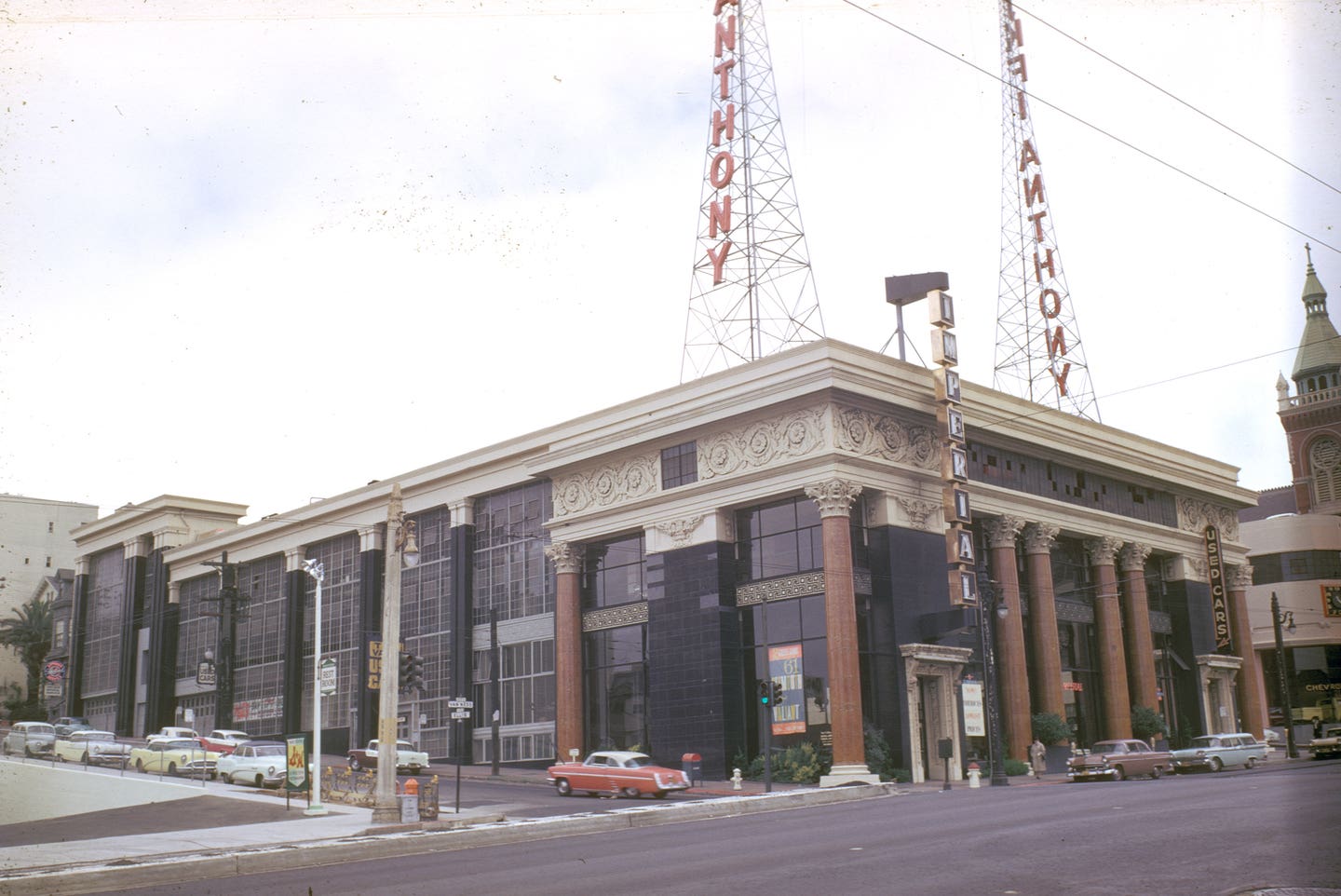
They enjoyed a nurturing culture absent today. Perhaps such a culture could be renewed if the classical could be considered for our government buildings. Leave the rest of the action to the kaleidoscopic cascade of Modernism’s styles. They might play out in an arena where, as Tom L. Schumacher observed, the cutting edge of the avant-garde goes dull the quickest. Certainly we have noticed that Modernist buildings soon lose their initial shine and seldom become lovingly preserved. Not so the well done classical: as John Keats observed, “A thing of beauty is a joy for ever.” Building beautiful places for citizens to contribute to the common good will surely nurture love for the nation that builds them.
Carroll William Westfall retired from the University of Notre Dame in 2015 where he taught architectural history and theory since 1998, having earlier taught at Amherst College, the University of Illinois in Chicago, and between 1982 and 1998 at the University of Virginia.
He completed his PhD at Columbia University after his BA from the University of California and MA from the University of Manchester. He has published numerous articles on topics from antiquity to the present day and four books, most recently Architectural Type and Character: A Practical Guide to a History of Architecture coauthored with Samir Younés (Routledge, 2022). His central focus is on the history of the city and the reciprocity between the political life and the urban and architectural elements that serve the common good. He resides in Richmond, Virginia.






